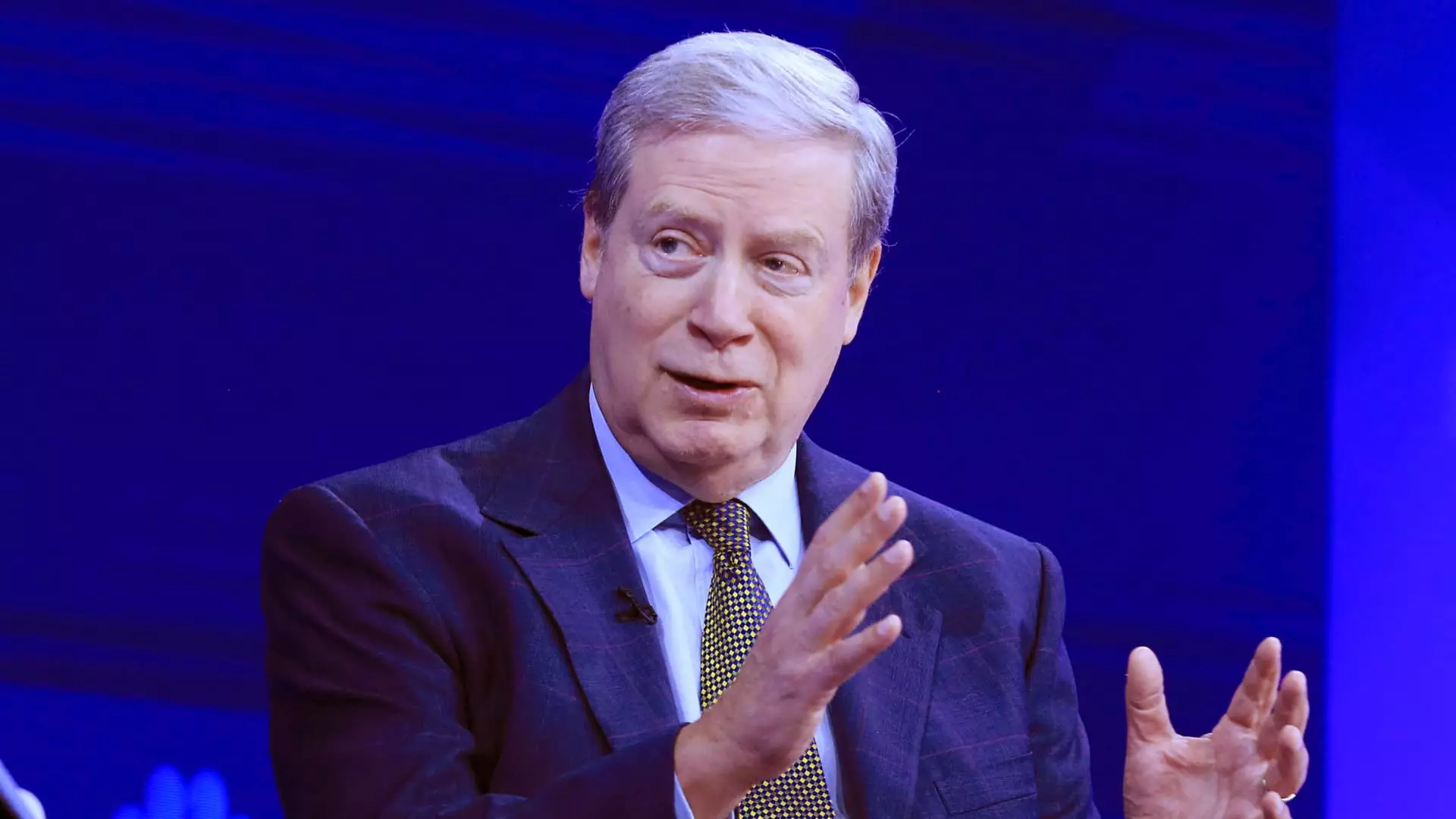The economic climate can shift dramatically based on political leadership, and billionaire investor Stanley Druckenmiller’s insights reveal the significant influence that Donald Trump’s potential re-election has exerted on market sentiment and business confidence. With 49 years of experience in the financial sphere, Druckenmiller provides a seasoned perspective on the current state of the economy and how it is poised to evolve, especially in light of Trump’s policies and their implications.
Druckenmiller suggests that the transition from what he characterizes as “the most anti-business administration” to a more favorable one under Trump has inspired a renewed sense of enthusiasm among business leaders and investors. Engaging regularly with CEOs and industry insiders, he highlights a dramatic shift in mood; these leaders seem to oscillate between relief and exuberance. This change is emblematic of what economists often refer to as “animal spirits,” a concept that encapsulates the emotional and psychological factors influencing economic decision-making. Enthusiasm among business leaders signifies not just optimism about current policies but also a belief that those policies will galvanize growth and investment opportunities.
However, while he acknowledges this shift in sentiment, Druckenmiller simultaneously communicates a level of caution regarding the broader stock market. Although the groundwork has been laid for potential growth, the interplay between economic expansion and rising bond yields presents a complicated scenario for investors. Druckenmiller acknowledges that the unexpected interplay of inflationary pressures and economic growth could complicate market predictions, which points to the inherent unpredictability of financial markets.
The Intricacies of Market Dynamics
The recent performance of the S&P 500, which rose nearly 6% following Trump’s victory announcement, serves as a clear indicator of investor optimism. The index’s gains, totaling 23.3% in 2024 alone, underscore a broader bullish sentiment towards risk assets such as banking, energy stocks, and digital currencies like Bitcoin. This sharp rise hints at a market that thrives on the prospects of deregulation and tax cuts promised by the Trump administration.
However, Druckenmiller counsels against adopting a blanket optimistic view of the market. He indicates a strategic pivot towards selecting individual stocks rather than relying on the broader market dynamics for growth. This nuanced approach suggests that while systemic factors are essential, discerning opportunities within individual companies—particularly those harnessing artificial intelligence for efficiency—may yield better results. However, he refrains from disclosing specific stock picks, demonstrating a prudent strategy of guarding his competitive advantage.
The discourse around Trump’s punitive trade measures has prompted discussions about the potential for retaliatory actions from trade partners and the implications for inflation. Druckenmiller presents an interesting perspective by framing tariffs as a form of consumption tax that primarily burdens foreign entities. He believes the revenue generated from these duties could significantly alleviate the U.S. fiscal challenges, indicating a pragmatic view of trade policies beyond mere protectionism. While cautioning about unintended consequences, he maintains that the benefits could outweigh the risks, especially if tariffs remain relatively moderate.
This evolving trade strategy, marked by a tentative approach to imposing tariffs incrementally, could reflect a balance between safeguarding domestic interests and easing global trading tensions—a crucial tightrope for any administration to walk.
Druckenmiller’s insights not only illuminate the immediate effects of Trump’s administration on the economic landscape but also highlight the broader complexities that investors must navigate. His blend of bullishness tempered with caution serves as a reminder that while optimism can drive markets, it is the underlying fundamentals—such as fiscal policy, rising yields, and strategic company investments—that ultimately sustain economic growth. As the landscape evolves, staying attuned to these nuances will be essential for investors looking to capitalize on emerging opportunities while mitigating risks. The interplay between politics and economics will continue to shape market trajectories, making it critical for investors to remain educated and adaptable in this dynamic environment.

